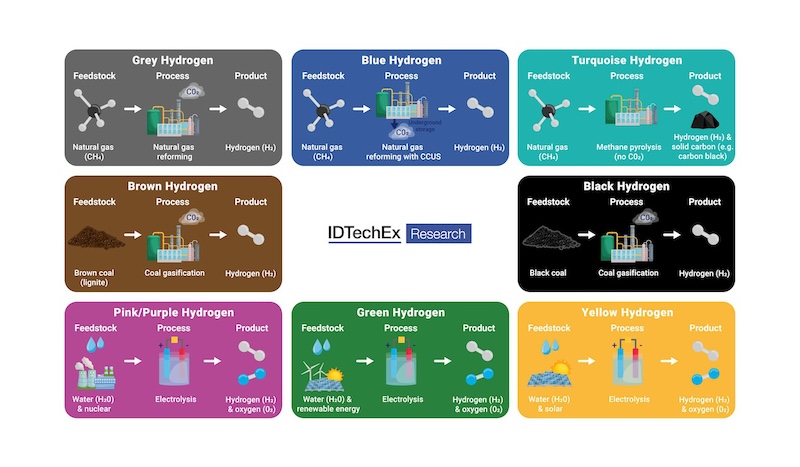One of the toughest decisions we had this month in putting together our cover story on sustainability was figuring out how much green to use on the cover. These are ponderous decisions involving several departments within our organization, and many people offered opinions. “Going green” conjures up all kinds of warm, eco-friendly, environmentally affirming images.
One of the toughest decisions we had this month in putting together our cover story on sustainability was figuring out how much green to use on the cover. These are ponderous decisions involving several departments within our organization, and many people offered opinions.
“Going green” conjures up all kinds of warm, eco-friendly, environmentally affirming images. “Green” is an easy concept to wrap your brain around. It doesn’t require much thought. We all sort of know what it means to be “green” in 2008.
Sustainability, though, isn’t about “green” in the better-known sense. If, as Kermit the Frog suggested (and I promise that this is the last “green” cliche I’ll use), it’s not easy being green, it’s downright tough to be sustainable.
Manufacturing sustainability is not about environmental responsibility, or about fiscal responsibility. It’s about both. It is a business choice as well as a social one. It is a decision not to sacrifice anything in the pursuit of a manufacturing facility that wastes nothing and preserves both the nature of profits and the profits of nature.
It’s a game-changer for many businesses today. In growing numbers, suppliers are finding their customers want someone who cares about the impact their products have throughout the supply chain — starting with production. It has become a fact of life that many customers will make that a purchase decision instead of price considerations.
Creating a sustainable manufacturing facility is a gamble, but it is one that major companies have already taken. They have delivered cost savings for their organizations and increased sales for their products by developing a culture of stainable manufacturing.
It is also a factor when manufacturers compete for the shrinking pool of skilled manufacturing talent. Young people evaluating an organization will gravitate toward sustainable manufacturers, becoming an employer of choice in what Plant Engineering’s Salary Survey demonstrated last month is a highly competitive hiring environment.
There are all kinds of good, warm fuzzy reasons to be “green” in today’s manufacturing environment. Few of them will get you much of a profit. The reasons to be sustainable today are measured in different kinds of colors. That’s why there’s a balance on the cover between gold and green.
But unless you commit yourself and your organization to sustainable manufacturing, the color scheme doesn’t matter. It’s about what you do to champion the cause of sustainability within your facility, right away.



